Have you ever felt a nagging suspicion that you're being watched while renting a vacation home, staying in a hotel, or even in your own apartment? In an era where privacy concerns are escalating, knowing how to spot hidden cameras is becoming crucial for personal security. This guide will arm you with essential tips and tricks to detect hidden cameras wherever you may be, ensuring your peace of mind and protecting your privacy.
What does a hidden camera look like?
Hidden cameras, often referred to as spy cameras, are way smaller than your typical security cameras—most are tiny enough to fit snugly between your fingers. They often come in under two inches, making them super stealthy. These gadgets are usually custom-made to blend seamlessly into items around your home or office, revealing only the bare essentials like wiring and circuit boards. Since they need power to keep rolling, you’ll often find them tucked into places with constant electricity, like power outlets or up in smoke detectors.
This really drives home why you've got to stay on your toes in places where you'd expect some privacy. It's all about keeping yourself safe and making sure everyone's privacy rights are respected, whether you're chilling at home or out and about. Since these cameras can be super sneaky, blending right in, you've really got to dig deep and sometimes even use special tricks to spot them and make sure your privacy isn’t being messed with.

When should you be alert to hidden cameras?
Whether you’re settling into a new place, crashing at a hotel, or just trying out outfits at the mall, figuring out where to spot these sneaky little devices is key. Here’s the lowdown on when to be on the lookout for hidden cameras, so you can keep your privacy safe and relax without stressing about prying eyes.
When moving into a new house or staying in hotels
New living spaces and temporary accommodations like hotels are prime spots for hidden cameras. When you first move in or check into a hotel room, take the time to scan the environment for any unusual objects or devices that seem out of place, particularly in areas that offer a wide view of the room.
In dressing rooms of the mall
These spots are super private, so keeping an eye out is crucial. Always check for tiny holes or odd items that might hide a camera. It's smart to give things like mirrors or hooks a good look—they're the usual suspects for concealing little lenses.
In public restrooms
Public restrooms are another area where privacy should be unquestionable. Check for any unexpected items or misplaced fixtures that could house a camera, especially in less visible areas of the restroom.
In workplaces
In your office or other work areas, be aware of new, unexplained additions to the space such as decorative items, clocks, or electronic devices that might be positioned in strategic locations. This is particularly crucial in meeting rooms where confidential discussions take place.
When renting properties or sharing a house
If you’re renting or sharing a house or apartment, consider that previous tenants, landlords, or other roommates might have had the opportunity to install hidden cameras. Inspect common areas as well as private spaces upon moving in and periodically throughout your stay.

Where are hidden cameras usually hidden?
Hidden cameras are often placed in areas where they can capture a good view without being noticed. You’ll typically find them in objects that aren’t moved or examined closely, like smoke detectors, clocks, picture frames, or even light fixtures. They can also be tucked away in less obvious spots like plants, power outlets, or shelves. It's all about blending in with the environment, so anywhere that seems like it could hide a small lens is a candidate. Below are the 6 most common spots where spy cameras can blend in well and often go unnoticed.
1. Electronic devices
Common electronic devices such as TV sets, desktop computers, or sound systems are excellent hosts for hidden cameras because they are ubiquitous in many rooms and blend seamlessly into the background. People rarely suspect these everyday items of harboring surveillance equipment, and their connection to a power source allows cameras to record continuously without battery constraints.
2. Smoke detectors and alarms
These devices are often overlooked because they are expected in their locations for safety reasons. Positioned on ceilings or high on walls, they offer a comprehensive view of a room. Integrating a camera into these devices is relatively easy, and since they are connected to the building’s power system, they can operate without interruption.
3. Behind mirrors or on picture frames
Mirrors and picture frames are effective disguises for hidden cameras. Mirrors can conceal cameras behind their reflective surface, while picture frames can contain a camera within the frame itself or behind the displayed picture. These placements are particularly deceptive because people generally do not scrutinize decorative items for functionality beyond their aesthetic appeal.
4. Toilets
Hidden cameras in bathrooms are a serious invasion of privacy. These are typically installed for nefarious purposes and are often placed in less conspicuous areas where they can avoid detection while capturing compromising images.
5. Power outlets
A fake power outlet, or a real one that has been tampered with, can be a perfect hiding spot for a camera. Since outlets are a natural part of the infrastructure of any building, they do not draw attention. Cameras installed in these locations benefit from an uninterrupted power supply and can be positioned to have a clear view of the room.
6. Shelves or corners of the bedroom
Shelves and other elevated spots in a bedroom or living room are less likely to be touched or closely inspected in daily life. Installing cameras in these higher areas provides a broad and clear view of the room. They are ideal for long-term surveillance as they remain largely unnoticed and can monitor a larger area.

How to detect hidden cameras: 5 simple methods
You don't have to be a tech expect or a seasoned detective. With these handy tips, you can quickly learn how to ensure your privacy. Here’s a guide on 5 simple methods you can use to ensure your private moments remain just that—private.
1. Use your smartphone’s camera
Modern smartphones can be a powerful tool in detecting hidden cameras. Many hidden cameras use infrared (IR) light to see in the dark, and your phone’s camera might be able to see this light.
- Make the room as dark as possible by covering windows and turning off all lights.
- Open your camera app and switch to the front-facing camera, as it's less likely to have an IR filter.
- Point your camera around the room. Look for unusual bright spots that glow on your phone's screen, which could indicate IR emissions from a hidden camera.
2. Use a flashlight
Camera lenses, even tiny ones, are very reflective. You can use this characteristic to your advantage with a simple flashlight.
- This method also need you to turn off all lights, ensuring the room is dark to make reflective surfaces easier to spot.
- Use your flashlight, slowly pan it around the room and watch for tiny glints of light that reflect back.
- If any suspicious reflective points draw your attention, approach them for closer inspection—they might be camera lenses.
3. Use a hidden camera detector
For those who want a more thorough check, an RF detector can help you find hidden cameras based on the wireless signals they emit.
- Walk around the room with the RF detector. Move it along walls, furniture, and other areas where cameras might be hidden.
- Monitor signal strength when sweeping the room. Observe the detector’s display for spikes in signal strength, which indicate potential camera locations.
4. Check for two-way mirrors
Some hidden cameras are tucked behind mirrors that look ordinary from one side but are see-through from the other. That's why I always make a point to test mirrors for two-way capabilities whenever I enter a room with one. It's a good practice to adopt — always checking mirrors in new rooms. Here's how you can do the test.
- Place the tip of your fingernail against the mirror. If there's a gap between your fingernail and its reflection, it's likely a normal mirror.
- If your fingernail seems to touch its reflection directly, you may want to inspect the mirror more closely, as it could be a two-way mirror.

5. Hire a professional
- If your efforts to detect hidden cameras are inconclusive, or if you want to ensure comprehensive coverage, hiring a professional is a prudent next step. They use specialized tools and have the expertise to uncover even the most cleverly hidden devices.
Conclusion
Finding hidden cameras is more than just keeping your personal spots safe; it's about getting your peace of mind back. By following the easy steps in this article, you can ramp up your privacy game. Just remember, stopping sneaky surveillance is all about staying aware and ready to act. Keep your eyes open, stay informed, and keep your private life, well, private.
More Reading:






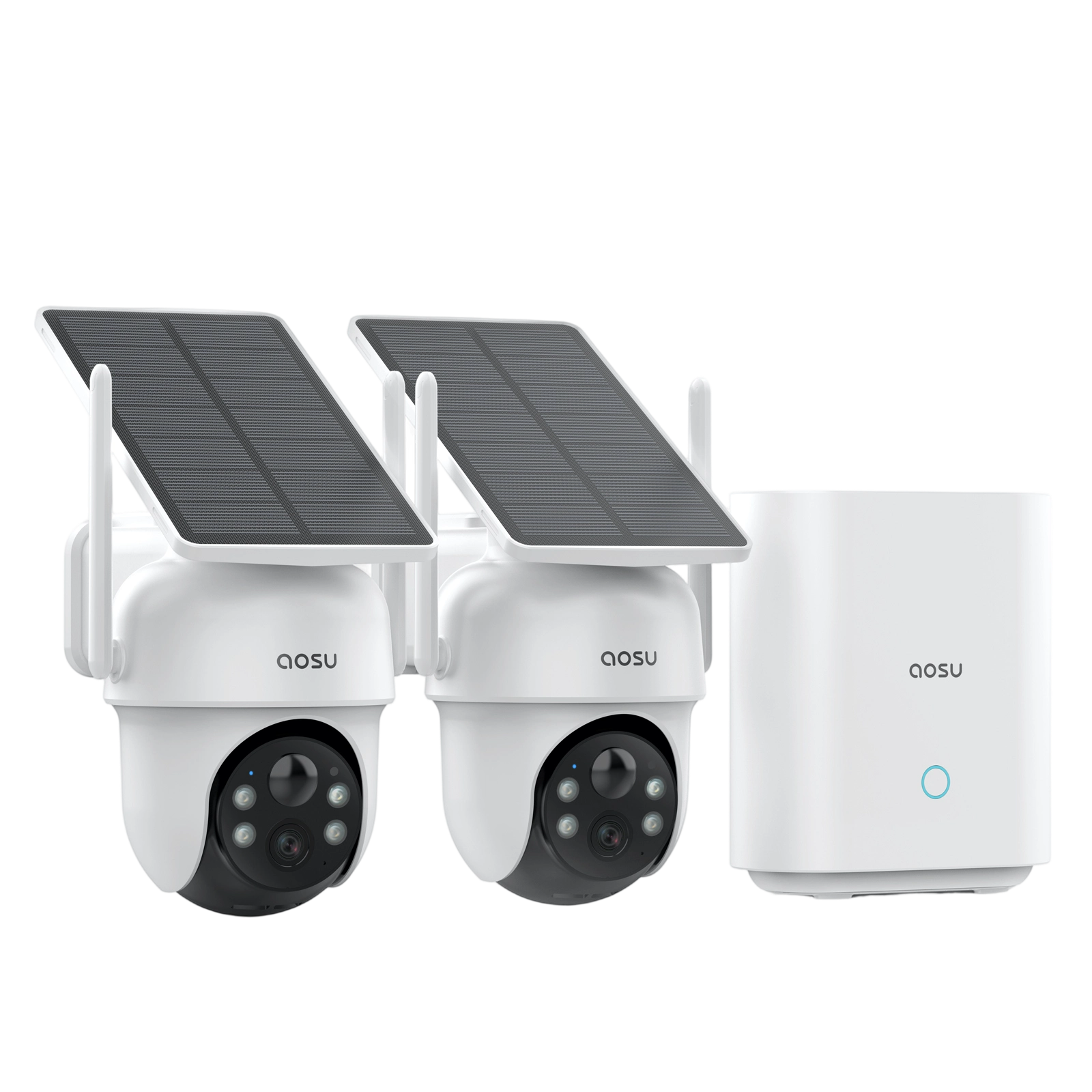
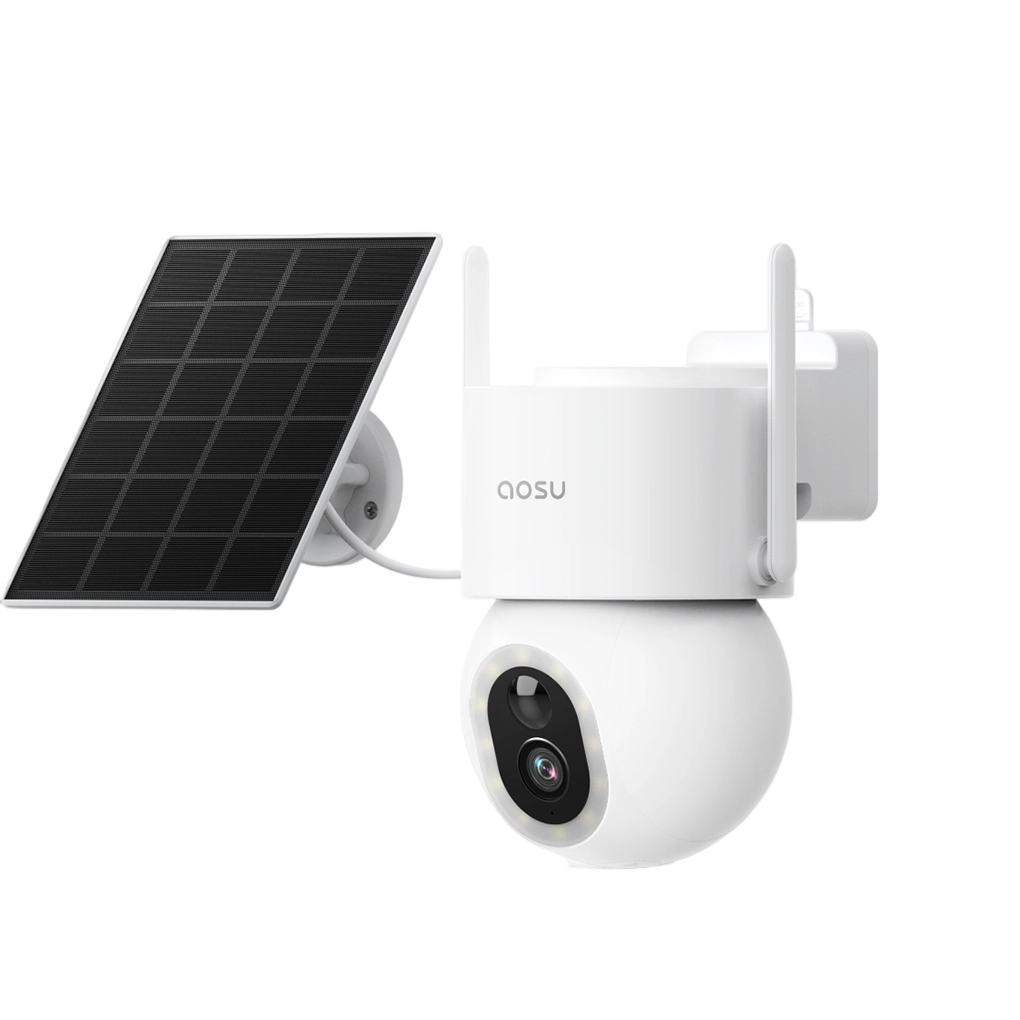
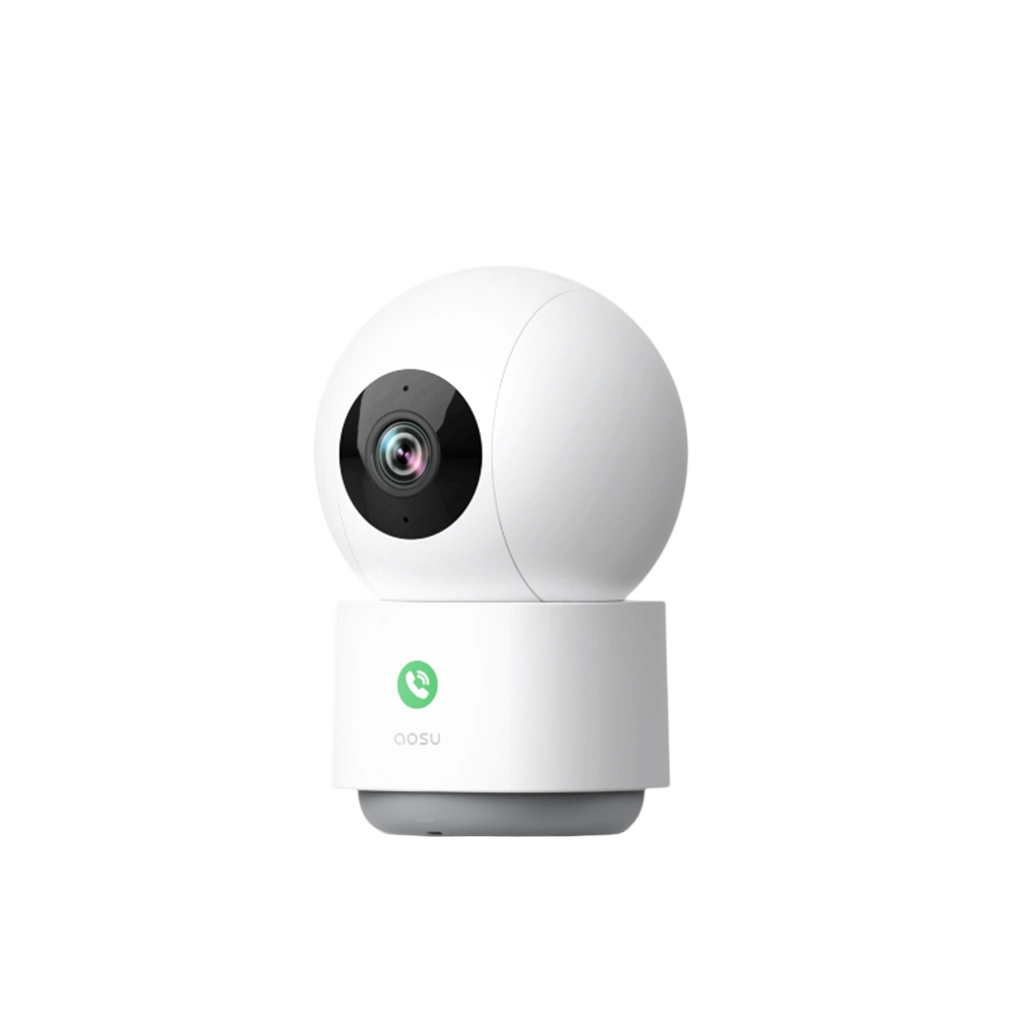
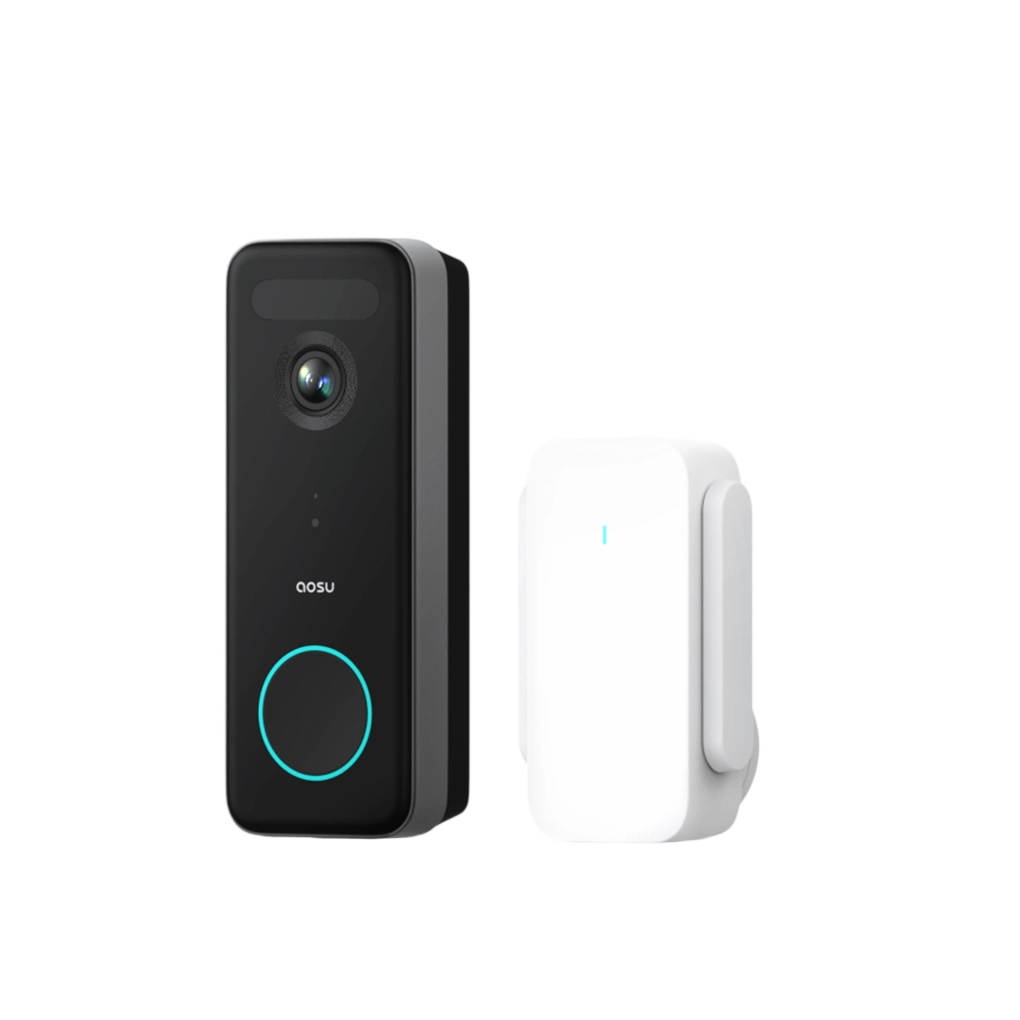
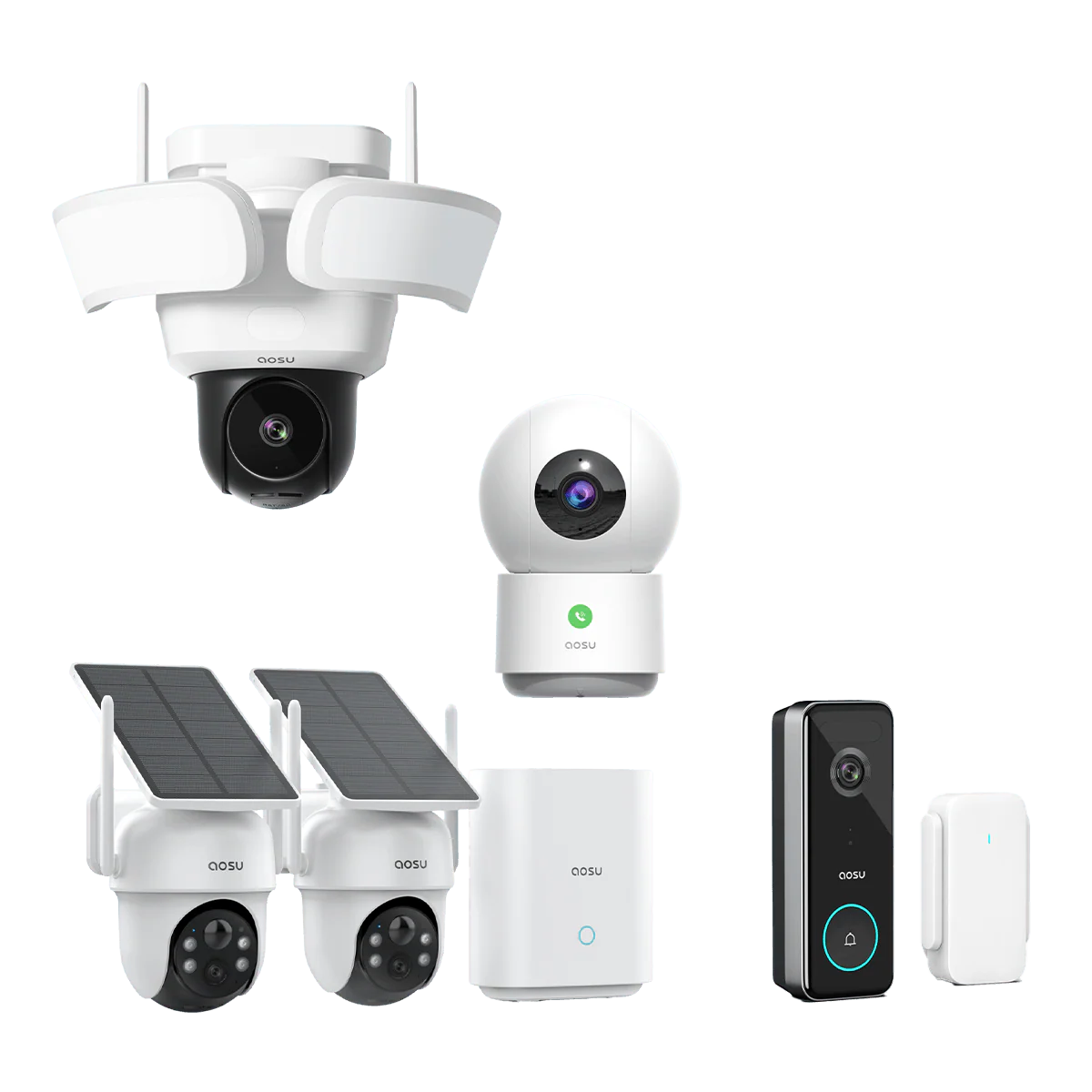
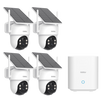
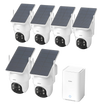
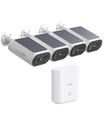
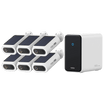
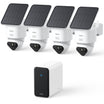
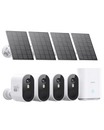
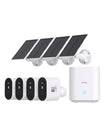
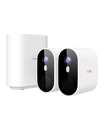
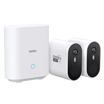
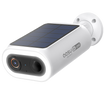
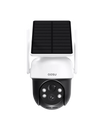
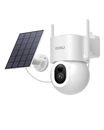
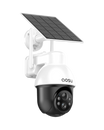
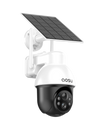
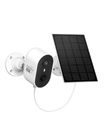
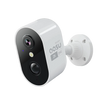
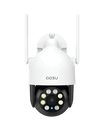
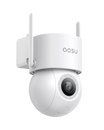
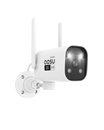
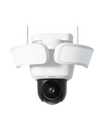
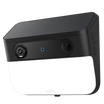
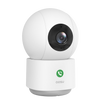
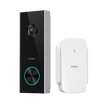
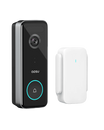
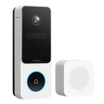
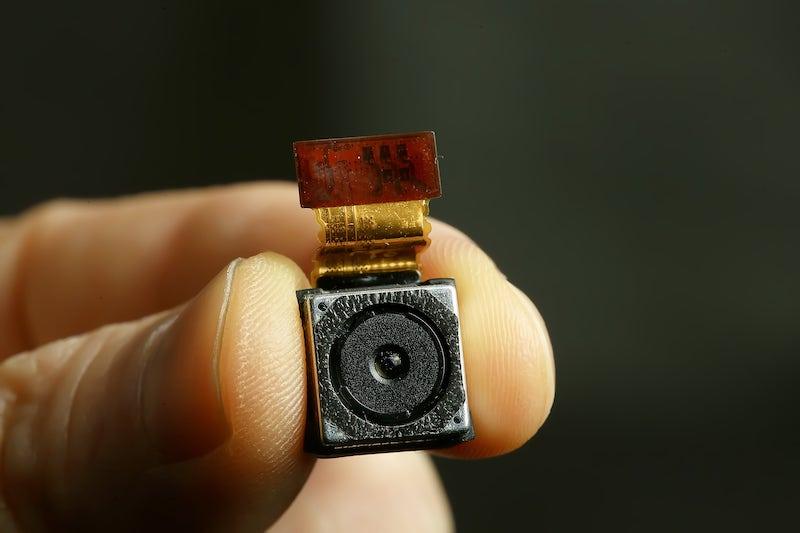

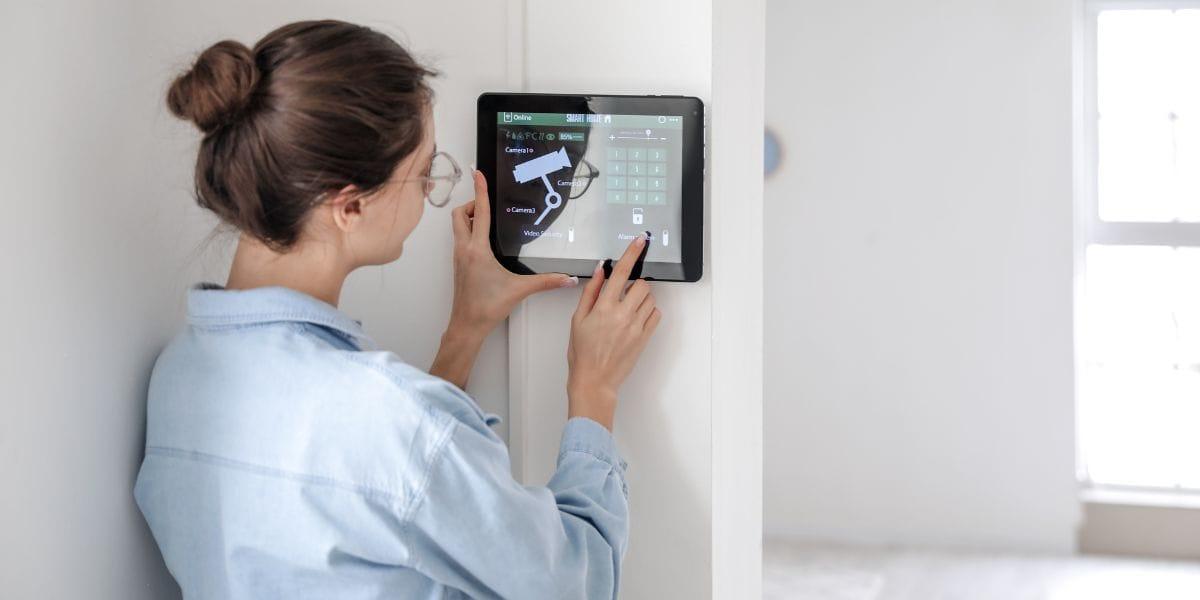
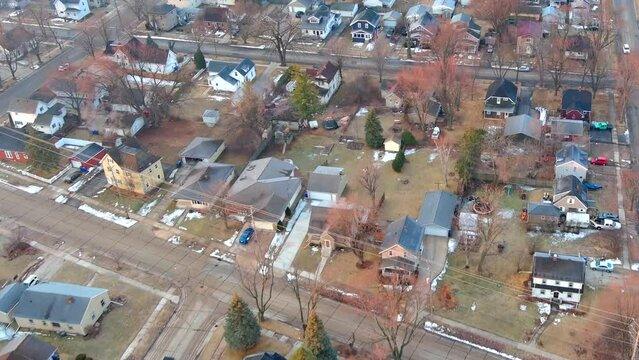

Leave a comment
This site is protected by hCaptcha and the hCaptcha Privacy Policy and Terms of Service apply.